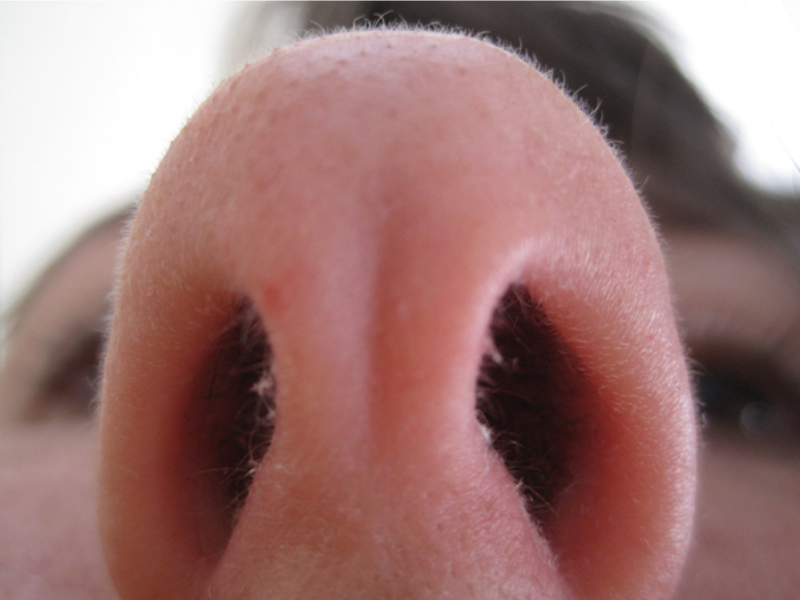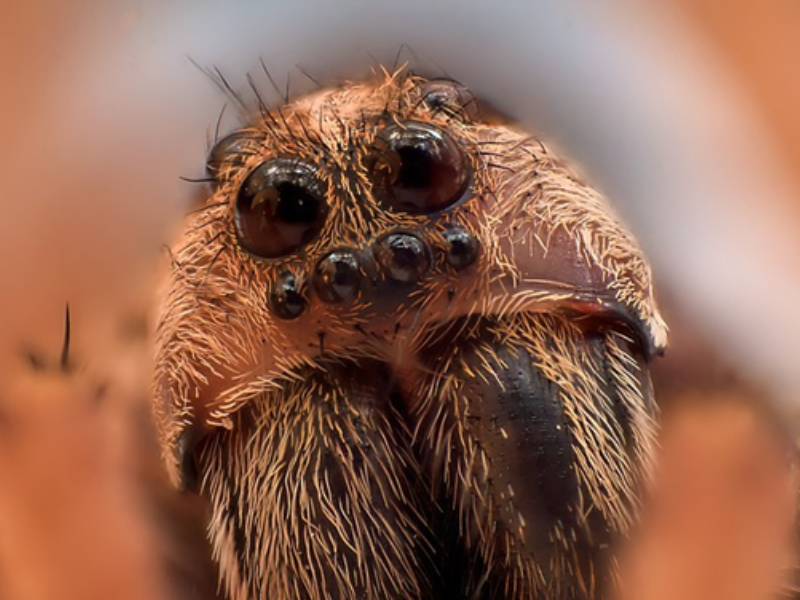The Ig Nobel Prize: Celebrating Science with Humour
The 2023 Ig Nobel Prize ceremony took place online this month on September 14. Have you ever heard of this prize? If you think it is an offshoot of the Nobel Prizes, you would unfortunately be wrong. The Ig Nobel Prize is something entirely different… and especially silly!
So, what are Ig Nobel prizes then?
Ig Nobel prizes honour scientific studies that make people laugh and then make people think. The idea is to celebrate the unusual and the imaginative in research, but the prizes are also designed to pique the public’s interest in science, medicine, and technology.
Marc Abrahams, editor and co-founder of the Annals of Improbable Research, created the Ig Nobel prizes in 1991.

https://www.ctpublic.org/show/audacious-with-chion-wolf/2022-07-14/laugh-and-then-think-what-its-like-to-win-the-ig-nobel-prize
The Ig Nobel Prize ceremonies are usually held at Harvard University’s Sanders Theatre and broadcast on YouTube. Since the pandemic, however, the 2020 through 2023 editions have been held entirely online.
The ceremony obviously features the awarding of the prizes (with some prizes going to real Nobel Prize winners!) but it also includes the traditional throwing of paper planes as well as mini-non-opera songs (opera songs, with no discernable plot).
Our Favourite 2023 Ig Nobel Prize Winners
Ten studies received Ig Nobel prizes this year. Here are our five favourites!
In the Chemistry and Geology category, the winning study set out to explain why geologists and paleontologists tend to lick the rocks they study. The study found that rock surfaces are easier to study… when they are wet!
In the Medicine category, the winning study compared the number of human nose hairs in the right nostril versus the left nostril. After conducting research on nearly twenty cadavers, researchers found that the average number of hairs in the left nostril (120) slightly outnumbered the average number of the right (112).

https://www.flickr.com/photos/45282854@N00/8607562978
In the Public Health category, the Stanford smart toilet was awarded an Ig Nobel. It was invented to quickly analyse the various substances humans leave behind when nature calls. These analyses help monitor the long-term health of toilet users by detecting specific illnesses.
In the Nutrition category, the winning study looked at how stimulating the taste buds with an electric current affected the taste of food. Study participants were asked to use electrified chopsticks and straws. Turns out, the electric current increased the taste of foods that were low in salt. Could this be a way to reduce the amount of salt we put in our food?
And finally, in the Mechanical Engineering category, prize winners explored necrorobotics, using dead spiders to engineer robotic gripping tools. The research team used small needles to inject air into the dead spiders as a way to extend their legs open. They removed the air to have them shut again, and grip. Turns out that the grip of these necrorobots could handle 1.3 times more weight than the weight of the spiders themselves!

https://commons.wikimedia.org/wiki/File:Wolf_Spider_Eyes.jpg
Want to watch (or rewatch) the 2023 Ig Nobel Prize ceremony in all its glory? Here you go!
